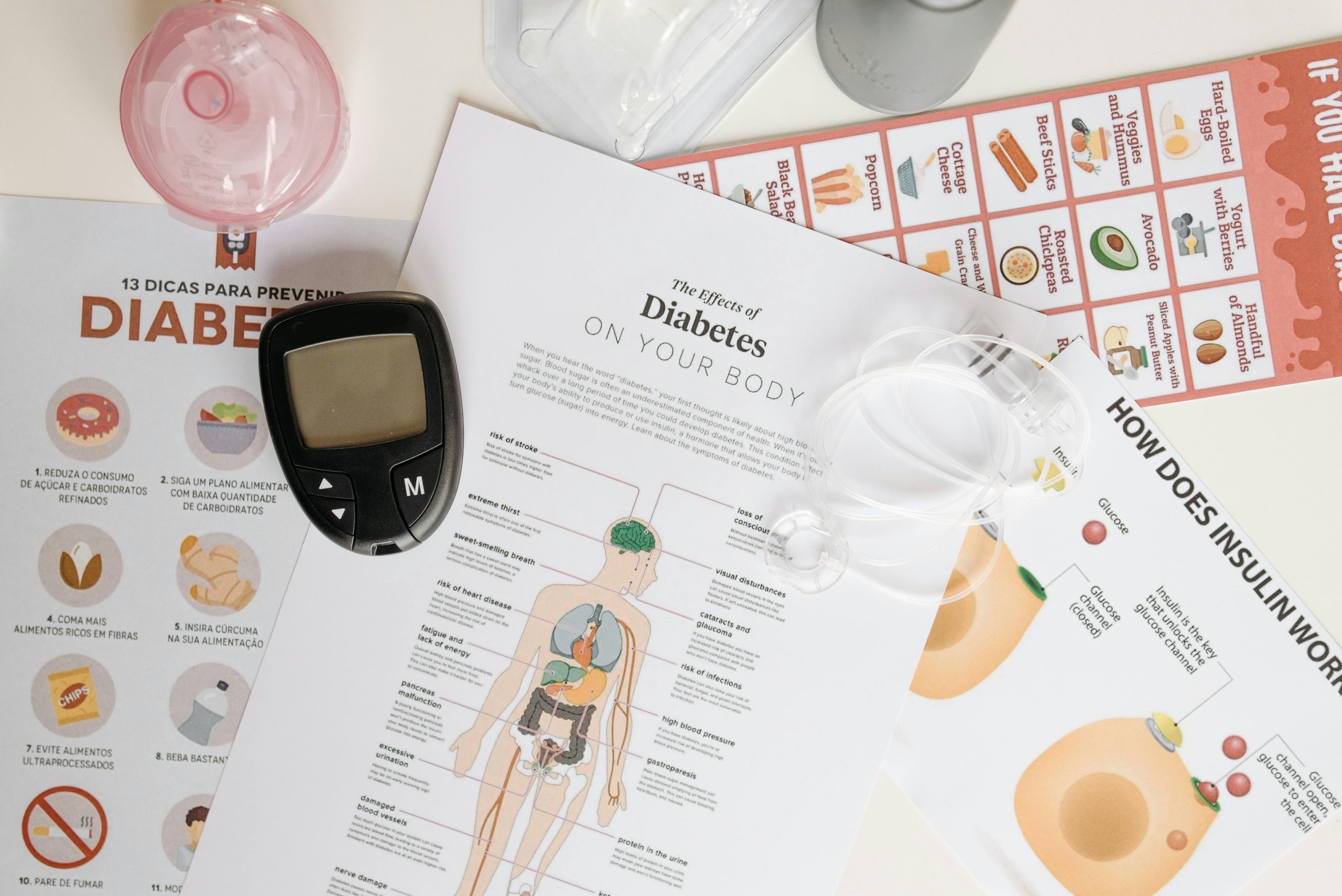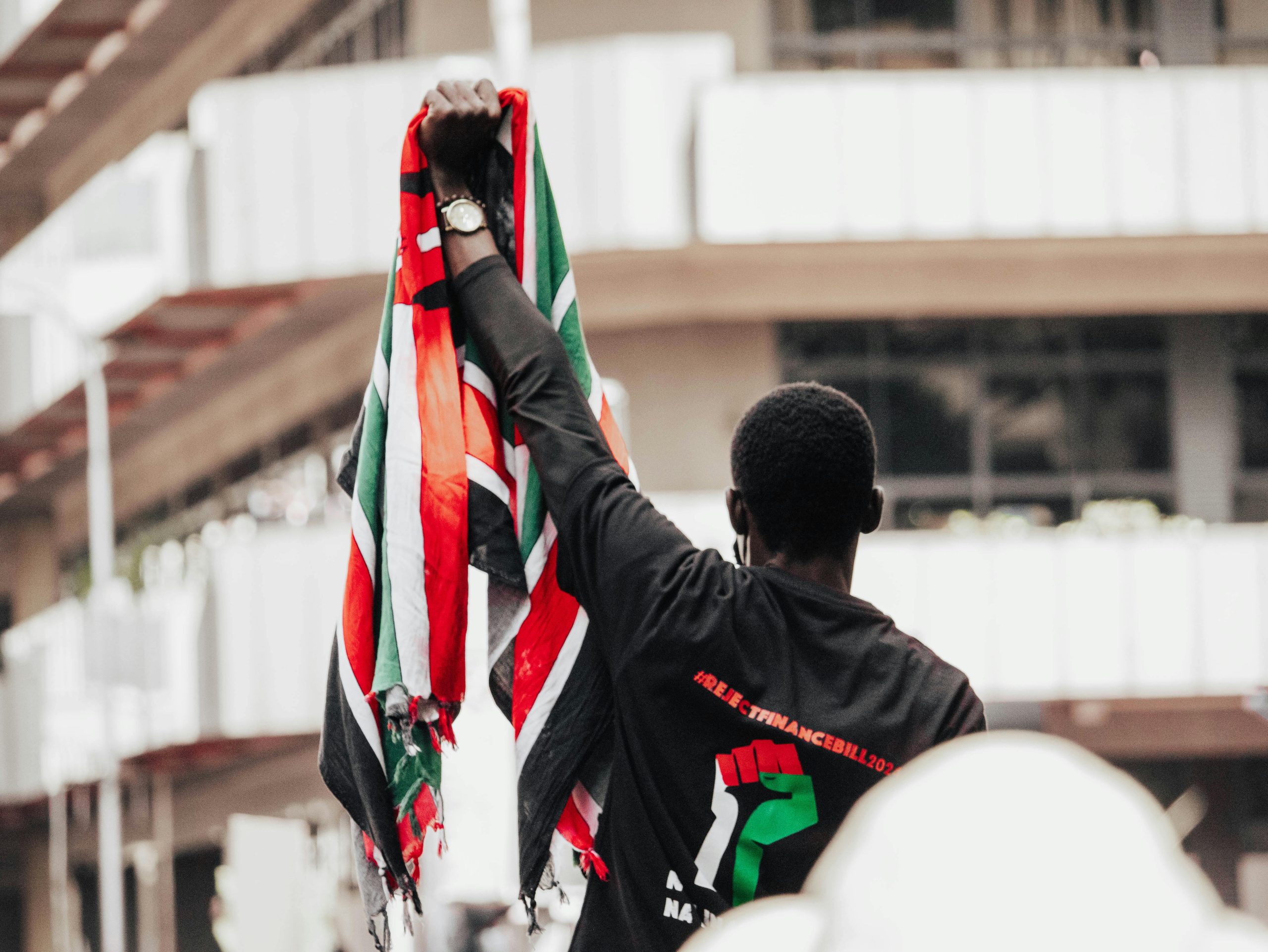By Zeynab
Nairobi, Kenya – In the bustling streets of Eastleigh, a predominantly Somali-Muslim neighborhood in Nairobi, the call to prayer echoes as families gather for iftar, the evening meal that breaks the daily fast during Ramadan. Plates overflow with samosas, dates, sweet vermicelli, and heaps of rice – a feast that brings joy but, increasingly, hidden health risks. As diabetes rates soar across Muslim communities worldwide, experts and locals alike point to poor eating habits, particularly the high sugar content in traditional meals, as a major culprit.
According to recent studies, diabetes prevalence is rising sharply in Muslim-majority countries, with unhealthy dietary patterns playing a key role. In Saudi Arabia, for instance, factors like male gender, old age, and low income are linked to poor eating choices, leading to inadequate glycemic control and heightened diabetes risk. Similarly, in Pakistan and North Africa, the epidemic is fueled by frequent snacking on unhealthy foods and cultural norms that emphasize rich, sugary dishes
I sat down with Dr. Amina Khalid, an endocrinologist at a local clinic in Nairobi, who has seen a 30% increase in diabetes diagnoses among her Muslim patients over the past five years. “The problem intensifies during Ramadan,” she explained. “People fast all day, then binge on high-sugar, high-fat foods at iftar. This leads to wild blood sugar swings – hypoglycemia during the day and hyperglycemia at night.” Dr. Khalid noted that traditional Ramadan meals often include large portions of high-glycemic index carbohydrates, like dates and sweet pastries, which spike blood glucose levels rapidly.
One surprising contributor to these spikes? Bananas, a staple in many Muslim households for their affordability and natural sweetness. Often included in Suhr (the pre-dawn meal) or as a quick iftar snack, bananas can cause significant blood sugar elevations due to their carbohydrate content. Ripe bananas have a glycemic index of around 51-62, meaning they can raise blood sugar more than other fruits, especially when eaten alone or in large quantities. “Two medium bananas can deliver over 50 grams of carbs, doubling the risk of a spike,” Dr. Khalid warned. Green or less ripe bananas, however, contain more resistant starch and may cause smaller increases.
To understand the human impact, I interviewed Fatima Hussein, a 52-year-old mother of four from the community. Diagnosed with type 2 diabetes two years ago, Fatima shared how her eating habits contributed. “Every meal, especially during Ramadan, has a lot of sugar – from the chai with extra sweetener to the fruit platters loaded with bananas and dates. We think it’s healthy, but my blood sugar shoots up after eating them.” Fatima described feeling fatigued and thirsty after iftar, symptoms she now recognizes as hyperglycemia. “I used to eat bananas every morning for energy, but my doctor said they’re causing spikes because of the natural sugars.”
Next, I spoke with Imam Yusuf Hassan, a community leader who runs health awareness sessions at the local mosque. “Our traditions emphasize hospitality and sharing food, but we’ve adopted poor habits like overindulging in sweets,” he said. Imam Hassan, who himself manages prediabetes, advocates for moderation. “We talk about balancing meals with proteins and fibers to avoid spikes. Bananas are fine in small amounts, paired with nuts, but not as the main fruit in every meal.” He highlighted cultural stigma around diabetes, which often prevents open discussions, echoing findings that lack of awareness hinders healthy eating.
Next, I spoke with Imam Yusuf Hassan, a community leader who runs health awareness sessions at the local mosque. “Our traditions emphasize hospitality and sharing food, but we’ve adopted poor habits like overindulging in sweets,” he said. Imam Hassan, who himself manages prediabetes, advocates for moderation. “We talk about balancing meals with proteins and fibers to avoid spikes. Bananas are fine in small amounts, paired with nuts, but not as the main fruit in every meal.” He highlighted cultural stigma around diabetes, which often prevents open discussions, echoing findings that lack of awareness hinders healthy eating.
Across the globe, similar stories emerge. In the UAE and Egypt, Ramadan sees a surge in emergency room visits for overeating-related issues, including diabetes complications. Experts recommend pre-Ramadan education, portion control, and choosing low-glycemic alternatives to combat this.
As Muslim communities grapple with modernization and urbanization – factors that promote sedentary lifestyles and processed foods – the rise in diabetes serves as a wake-up call. By rethinking traditional meals, incorporating awareness, and consulting healthcare providers, there’s hope for reversal. For Fatima and others, it’s about small changes: fewer bananas, less sugar, and more balanced plates. “It’s not about giving up our culture,” she said, “but adapting it to stay healthy.”


